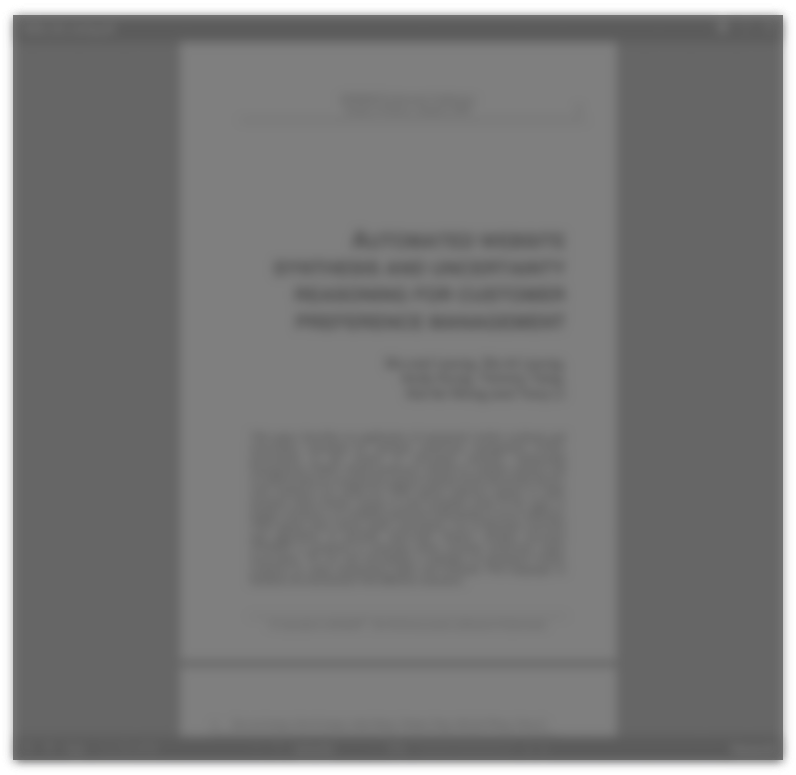Abstract:
The paper describes the implementation of a system using a CATI package and a predictive or statistical autodialer. The autodialer has the capacity to detect if a human voice has answered the telephone and make a connection to an available interviewer, this also means that busy signals, ring no answers and other unwanted calls can be eliminated. Dialing many numbers at once means that interviewers can be kept almost continuously interviewing. The principles of predictive autodialers are described with reference to their enhanced performance over manual dialing systems. The construction of the system interface between the EIS autodialer ( Electronic Information Systems Inc USA) and the Quancept CATI package is examined next. This describes the form of changes required to the CATI system (i.e no longer user initiated dialing) and how this can influence the performance of the package The next section of the paper describes a "case history" of such a system. This reviews management and performance issues which occurred in a real life situation using the autodialer system described previously. Finally there is a discussion of future work on the system that is planned and speculation on the impact of such systems on the economics of telephone interviewing.
This could also be of interest:
Research Papers
 Multimedia CATI/CAPI
Multimedia CATI/CAPI
Catalogue: Seminar 1995: Information Technology- How Can Research Keep Up With The Peace Of Change
Author: Matthias Thomae
Companies: Burke, Inc.,
 January 1, 1995
January 1, 1995
Research Papers
 CATI, CAPI and web interviews
CATI, CAPI and web interviews
Catalogue: New Monograph Series Vol.6: Market Research And Information Technology
Author: Iain MacKay
 August 1, 1998
August 1, 1998






